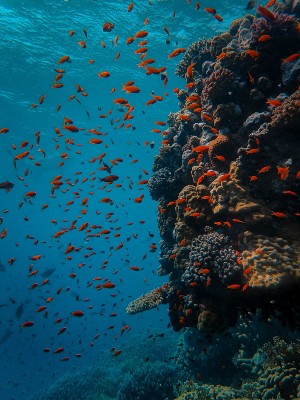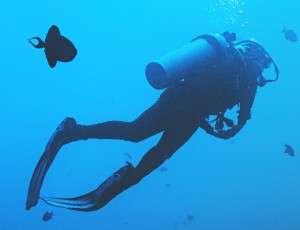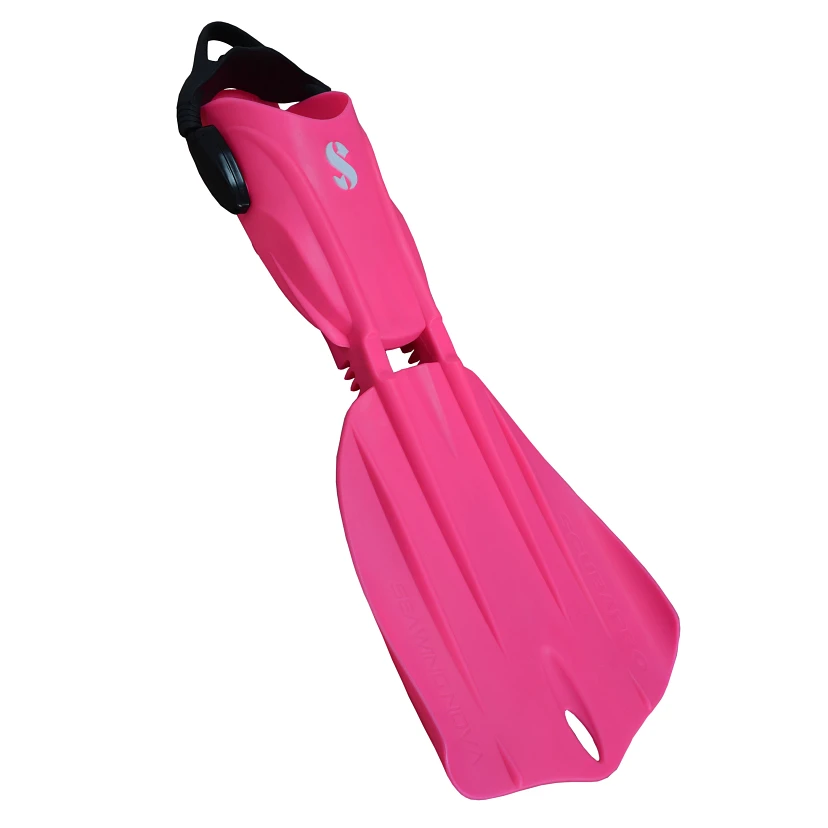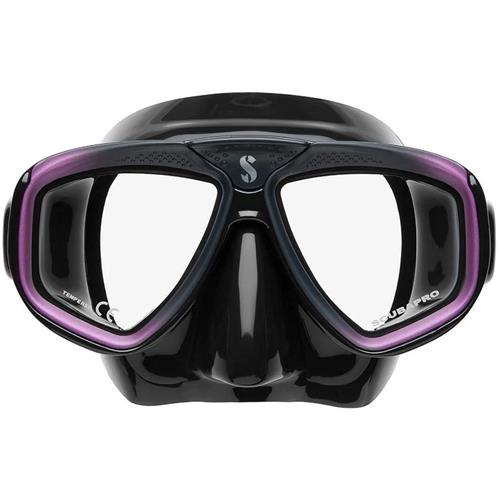Scuba Diving Equipment: A Complete List
- Home
- Scuba Diving Equipment
Table of Contents

Empowering female divers to dive confidently with the right gear, Scuba Girl Gear presents this comprehensive list of essential and non-essential scuba equipment. Whether you’re a seasoned pro or just starting out, this guide will provide you with valuable information to make informed decisions and find the perfect equipment for your underwater adventures.
Essential Scuba Equipment
Every diver, from curious beginners to seasoned explorers, knows the vital role of essential scuba gear. This equipment isn’t just an option; it’s the foundation for safe and enjoyable underwater exploration. It’s what allows us to join the aquatic world, breathe beneath the waves, and discover the wonders hidden beneath the surface.
This essential gear includes:
Buoyancy Control Device (BCD)
For any diver, achieving perfect buoyancy underwater is paramount. This is where BCDs come in. Worn like a vest, BCDs allow divers to precisely control their buoyancy by adding or removing air from an inflatable bladder. This enables effortless hovering, smooth ascents and descents, and ultimately, a more enjoyable and safe diving experience.
Scuba Girl Gear understands the importance of proper BCD knowledge. That’s why we’ve created this comprehensive guide to BCDs, covering everything you need to know.
Masks
Scuba masks are your window to the underwater world. They shield your eyes and nose from direct contact with water, ensuring clear vision and comfort during your dives. But proper fit is crucial. A mask that seals perfectly to your face makes all the difference between a breathtaking underwater adventure and a frustrating leak-filled experience.
Regulator
Until humans evolve and become capable of breathing while underwater, scuba regulators remain the lifeline to our underwater adventures. These essential pieces of equipment transform the high-pressure air in your tank into breathable air at ambient pressure, allowing you to explore the wonders beneath the waves with ease and comfort.
Fins and Booties
While technically possible, swimming without fins while scuba diving requires significantly more effort and energy. This can lead to fatigue and exhaustion, potentially compromising your safety and limiting your diving experience. Fins offer a host of benefits, making them essential for most divers.
Boots, while not always mandatory, play a crucial role in protecting your feet and providing comfort during dives. They are essential when using open-heel fins, offering a secure and comfortable fit. Boots, like a wetsuit, also help to keep feet warm during a dive.
Submersible Pressure Gauge (SPG)
An SPG is a vital piece of equipment that displays the remaining air pressure in your scuba tank. This allows you to monitor your air consumption and make informed decisions about when to begin your ascent, preventing the risk of running out of air underwater. Most SPGs are mechanical gauges connected by a hose to the air tank but in recent years, many dive computer companies have developed air-integrated computers that can act as an SPG.
Compass
Being able to navigate underwater is essential for safety. It’s easy to become complacent and assume that you’ll never get lost on a dive, but accidents can and do happen. Knowing how to use a compass and having a reliable compass is essential for every diver.
Dive Computer
A dive computer gives you the real-time information you need to dive safely. This includes data that tracks time, depth, nitrogen loading, and gas consumption. Dive computers can be rented, however, having a personal computer that tracks all of your dives is a good choice.
Dive Light
Dive lights allow all divers to take part in night dives! These lights can also be useful for signaling other divers and for getting a good look between coral and crevices.
Investing in a water proper dive light and having a backup light is essential.
Surface Marker Buoy (SMB)
When a diver needs to surface they should alert anyone above of their location – especially boats. An SMB, once deployed, rises to the surface and acts as that marker.
Dive Log
You should always keep track of your dives! Not only could this information be vital if a diver becomes ill or injured but it also shows diving companies how experienced a diver is. Not to mention, it can be fun to look back and remember various dives!
Weights
Weights are needed to counteract the buoyancy of a diver’s gear. Underweighted divers will have a difficult time staying down and divers with too much weight could struggle to remain buoyant while running through their air quicker.
Weights are typically provided by the diving company so there isn’t often a need for an individual diver to purchase them.
Tank
Without a tank, there is no air! Tanks are made from several materials and come in several sizes. In the vast majority of dives, tanks are provided by the diving company. However, some divers prefer to purchase and personalize their own tanks.
Snorkel
This might not seem like the most important thing to have but when fighting the waves at the surface, a snorkel can make all the difference.
Optional Scuba Equipment
These items aren’t technically essential but can bring great value to a diver.
Wetsuit
We all learn during our open water class that water draws heat away from the body in a much more efficient manner than air. Depending on the warmth of the water, a diver may need a wetsuit to stay warm. Wetsuits come in a variety of thicknesses and designs. The type of wetsuit each diver will need varies greatly from person to person.

Drysuit
Most divers will need a drysuit for cold water diving. Drysuits do exactly what the name implies – they keep water away from the skin of a diver. Thermal layers can also be worn under a drysuit for added warmth.
Diving Knife
A dive knife can come in handy, however, be aware that in many areas divers are asked not to bring a knife. It can also be difficult to fly with a dive knife, even in checked-in luggage.
Cyalume Stick (Glow Stick)
These sticks attach to the tank or back of the BCD and are helpful during night dives.
Scuba Accessories
Do divers NEED accessories? No. Can accessories make a dive a lot more fun? YES!
Underwater Camera and Lights
Underwater videos and photography help capture the moment, preserving dive memories forever. With so many cameras available, it can be challenging to choose one.
Writing Slate
Writing slates help divers communicate underwater – in fact, many writing slates have been used in underwater proposals!
Tank Bangers
A tank banger helps get the attention of other divers. See a cool fish? Find a fascinating piece of coral? Use a tank banger!
Read Our Latest Posts
Scubapro Seawing Nova Fins: A Complete Guide
Discover what makes the Scubapro Seawing Nova different from other scuba diving fins.
The Best Affordable Scuba Diving Masks
Discover the best scuba diving masks for under $100!
The Best 2023 Black Friday Deals for Scuba Divers
Discover the best deals being offered for scuba divers on Black Friday and Cyber Monday, including gears, sales, diving courses,…
SCUBAPRO Announces Newly Redesigned Bella BCD
Discover the latest changes made to the Scubapro Bella, a favorite BCD among women who dive.
Questions to Ask When Purchasing Used Scuba Gear
Purchasing used scuba diving gear can be a great way to save money. Learn about which questions you should ask…
Mares Avanti Quattro + Diving Fins: Everything You Need To Know
Learn about the Mares Avanti Quattro + diving fins, one of the best selling fins in the world.






